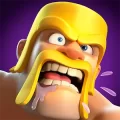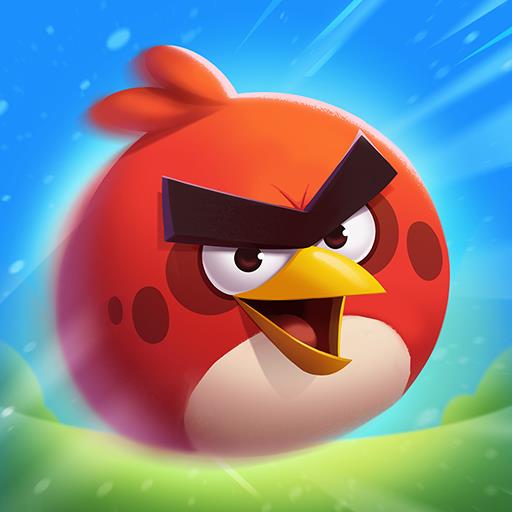Batman Podcast Expands: New Companion Series Launched
Superhero comics are not only inspiring blockbuster movies and TV shows but also fueling expansive audio dramas and podcasts. DC has launched its most ambitious podcast initiative yet with *DC High Volume: Batman*, aiming to bring some of the Dark Knight’s most iconic comic book narratives to life in an audio format. However, to fully appreciate the depth of this project, listeners should tune into the companion series hosted by writer and journalist Coy Jandreau. This series, embedded within the main *DC High Volume* feed, provides insights into the creation process through interviews with the cast, crew, and original comic creators. The debut companion episode, set to release on Thursday, April 24, will feature discussions with Batman's voice actor Jason Spisak and DC's Creative Director, Mike Pallotta.
IGN recently had an exclusive phone conversation with Jandreau to delve deeper into how this companion series enhances the *DC High Volume: Batman* experience. Continue reading to discover how these episodes can enrich your journey through Gotham.
What Is DC High Volume: Batman?
To fully grasp the purpose of the companion series, it's essential to understand *DC High Volume: Batman*. This audio drama, a collaboration between DC and podcast giant Realm, adapts iconic Batman comic books like *Batman: Year One* into a long-form radio play. Jason Spisak lends his voice to Bruce Wayne/Batman, while Jay Paulson voices Jim Gordon.
Jandreau describes the series as a groundbreaking project: "DC High Volume is the first of its kind to this scale, essentially a one-to-one telling of classic Batman comic books but in an incredible audio long-format radio play. It's taking *Batman: Year One*, *The Long Halloween*, and turning them into this full, immersive audio experience with incredible production design, audio special effects, super-talented voice actors, and a score where different villains and heroes/characters have their own piece. It adds up to this incredible new way to listen to a story that I've been reading my whole life but now can hear in a new way."
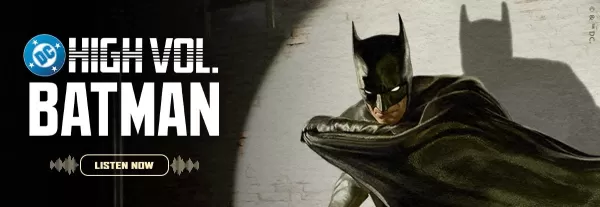
The narrative weaves together key chapters from Batman’s saga, starting with *Year One* and moving into *The Long Halloween*, set in Year 2 of Batman’s career. Jandreau emphasizes the series' appeal to both die-hard fans and newcomers, offering a fresh entry point into the Batman universe: "The idea is to have the long-running Batman myth in this new medium, allowing the audience that either is a ride-or-die fan, like myself, that's grown up with these characters as well as brand-new audience members that might only know the character from the movies or from the animated series or just be aware of Batman to have a jumping-on point."
For Jandreau, a lifelong comic book enthusiast, this audio adaptation adds a new layer of experience to iconic stories: "Listening to this, it's crazy the emotion and the experience that comes out of these stories in a different way. I don't personally see it as subtracting art. I see it as adding audio. You can listen to these by themselves, in a car, with incredible headphones, or with tower speakers and get an experience. You can also listen while you read if you want, and then you've got a full different experience than just audio. You can also do this and have conversations around a fire in the old 1920s way. There's so many ways to do it, but none of them are taking away from the comic."
The High Volume Companion Series
Jandreau's companion series complements the main *DC High Volume: Batman* saga by exploring the creative process and challenges of adapting comics into audio. Available in both audio and video formats within the *DC High Volume* feed, the first episode premieres on April 24, closely following the main series' adaptation of *Batman: The Long Halloween*.
Jandreau highlights the importance of showcasing the behind-the-scenes talent: "They've been developing this for a number of years before I was brought on board, but they always wanted to highlight the incredible behind-the-scenes talent, whether it's voice actors, the composer, or people at DC involved all the way to the writers and artists of the original story."
His background with the DC Studio Showcase video series made him a perfect fit for this project: "I've been working at DC Studio Showcase, which is a bi-weekly show every other Friday on Max and Max's YouTube, and that is the studio side. DC Studios being the James Gunn, Peter Safran leg of this world they're building, and I'm the comic correspondent there. Once that started going well, they tapped me to do this, and I was so honored because comics are the reason I want to do any of this."
In the first companion episode, Jandreau discusses with Jason Spisak the challenges of voicing Batman and how the character's voice evolves depending on his interactions: "Not to give spoilers for the first episode, but talking to Jason Spisak, who is our Bruce Wayne Batman, he really found a fascinating new take on Batman in doing the role. In *Year One*, it's Bruce Wayne becoming the Bat, and we've seen that in TV, movies, and read it, but hearing it, it's fascinating to hear the Bat voice develop, to hear it play like an equalizer and discover levels in it and how Batman sounds with Gordon versus how Batman sounds with Alfred versus how Bruce Wayne sounds with Alfred versus what does the voice in Bruce Wayne's head sound like, and does that change as he becomes Batman?"
The structure of the companion series is flexible, focusing on key emotional beats and plot points from the main series rather than following a rigid chapter-by-chapter format: "It doesn't always go this is *Year One* four issues, and then we have a conversation, and then it's *Long Halloween*. I actually love our first one is following a huge moment in the first issue of *Long Halloween*. We've got *Year One*, and then we have right from *Year One* a beat of *Long Halloween*. And then I dive in, and that way I got to discuss the evolution from *Year One* into *Long Halloween*, the character growth and all those things. It's more for me trying to hit an emotional beat that resonates with the people I'm interviewing that ties into where the audience is getting that interview, and I always want to make sure what I'm doing is additive to their experience."
Jandreau draws inspiration from various interview formats for his series, blending elements from *Inside the Actors Studio*, *Hot Ones*, and classic late-night talk shows: "I went *Inside the Actors Studio*. James Lipton has always been a hero of mine. It was kind of a blend of how James Lipton does his interviews in long form meets how Sean Evans finds very, very nuanced ways to uncover new ideas from the talent across the table's perspective. And then old-school talk show Johnny Carson, Conan O'Brien. A blend of long-form Lipton, new wave, 'find a question talent has never been asked' Sean Evans. And then I want it to feel the energy of a talk show a la a Conan or a Johnny Carson."
The Future of DC High Volume: Batman
Looking ahead, Jandreau hopes to interview key creators such as Jeph Loeb and Jim Lee, both pivotal in shaping Batman's narrative landscape. He is particularly interested in discussing their work on *The Long Halloween* and *Batman: Hush*: "Jim Lee, now that he's at his position at DC, has been so inspiring because he's got so much creative oversight while also being an artist. His own work is some of my favorite, and his insight is some of my favorite. Since he inspired so many stories I love and because of what he's doing at DC broadly, I think Jim Lee is definitely one."
Jandreau also aims to engage with Tom King, whose lengthy Batman run from 2016-2019 included significant developments in the character's life: "He used to work for the CIA, and he literally has lived a Batman-adjacent life. The way he sees Batman and his view of the Bat and the Cat, the way he writes love, the way he writes women, the way he writes this pathos and vengeance, and especially the way he writes Bruce's pain and learning from it has always been how I see Bruce Wayne."
Ultimately, Jandreau's vision for the companion series is to foster a positive environment within the Batman fandom: "I think the internet can be a very dangerous place. I think it can be a place of hostility, especially in fandom, right? Genre content is very tribal because people are protective over these stories. These stories mean the world to them. There's so much passion, which is why they thrive, which is why Batman's been around for so many decades, which is why these stories can come out weekly, and we can still get excited about them, which is why you can adapt them so many times, so many ways."
He continues, "I think it's important we find the positivity in that because there's plenty of negativity in the world. I don't see any reason to make negativity about this genre content, about this fandom. I just think any way we can make fandom more positive and we can share in the internet a little bit more in an uplifting way ... That's what I want to do with this show and any show I'm a part of. I hope it makes comic fans, especially diehards, that have wanted to share in these stories in a new way, feel like they have a new home, a new comic store, but I also hope people that have always been like, 'Batman's so cool. I wonder what it's like to read a comic book,' ... They get a chance to also come in and go, 'This is something so special.' We want this to be the least gatekeeping. The comic book store door is wide open, and that's really important to me."
For more Batman fun, check out the top 10 Batman costumes of all time and the top 27 Batman comics and graphic novels.
- 1 Pokemon Go’s first Community Day of 2025 will feature Sprigaito Jan 05,2025
- 2 Holiday Thief Arrives in Seekers Notes Dec 26,2024
- 3 Watcher of Realms Is Dropping New Heroes and Skins This Thanksgiving and Black Friday! Dec 30,2024
- 4 Jujutsu Kaisen Phantom Parade: Tier List Update for 2024 Dec 28,2024
- 5 How To Find and Beat the Storm King in LEGO Fortnite Jan 05,2025
- 6 PUBG Mobile's Championship Finale Nears Jan 09,2025
- 7 Goddess Of Victory: Nikke Is Dropping a New Year’s Update and Collabs with Evangelion and Stellar Blade Soon Jan 04,2025
- 8 Brok's Festive Adventure Now Available Jan 03,2025
-
Mastering the Art of Digital Tools
A total of 10
-
Hidden Gems: Unexpectedly Useful Other Apps
A total of 10
-
Top Free Adventure Necessary Games for Android
A total of 4






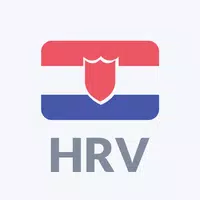



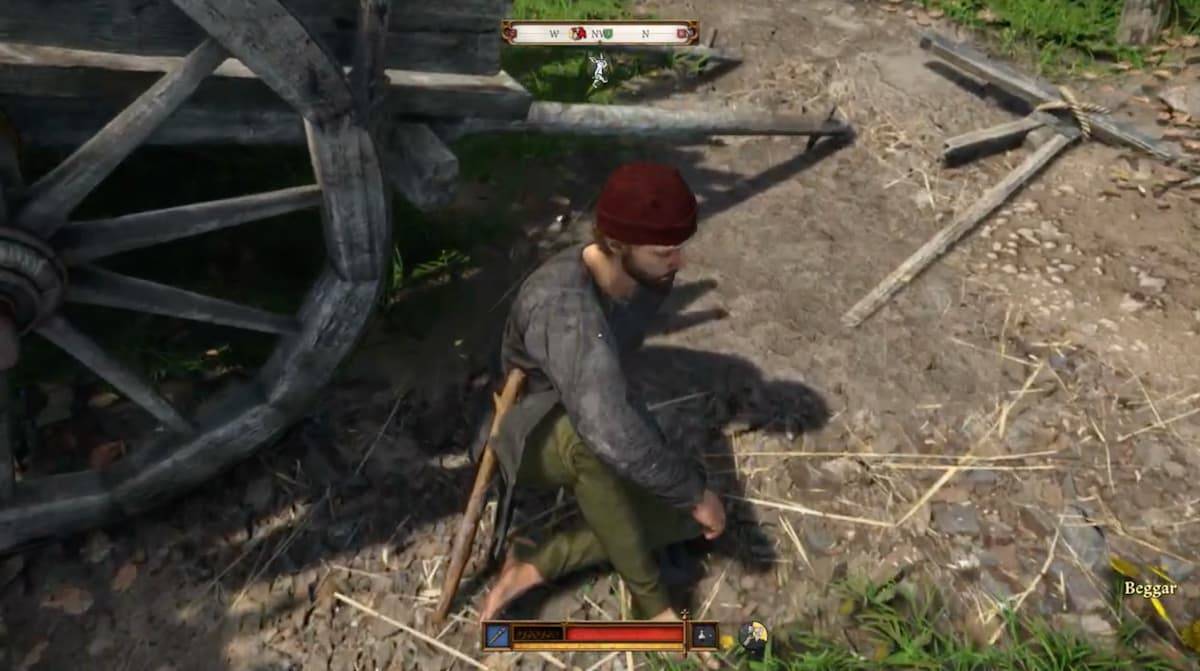
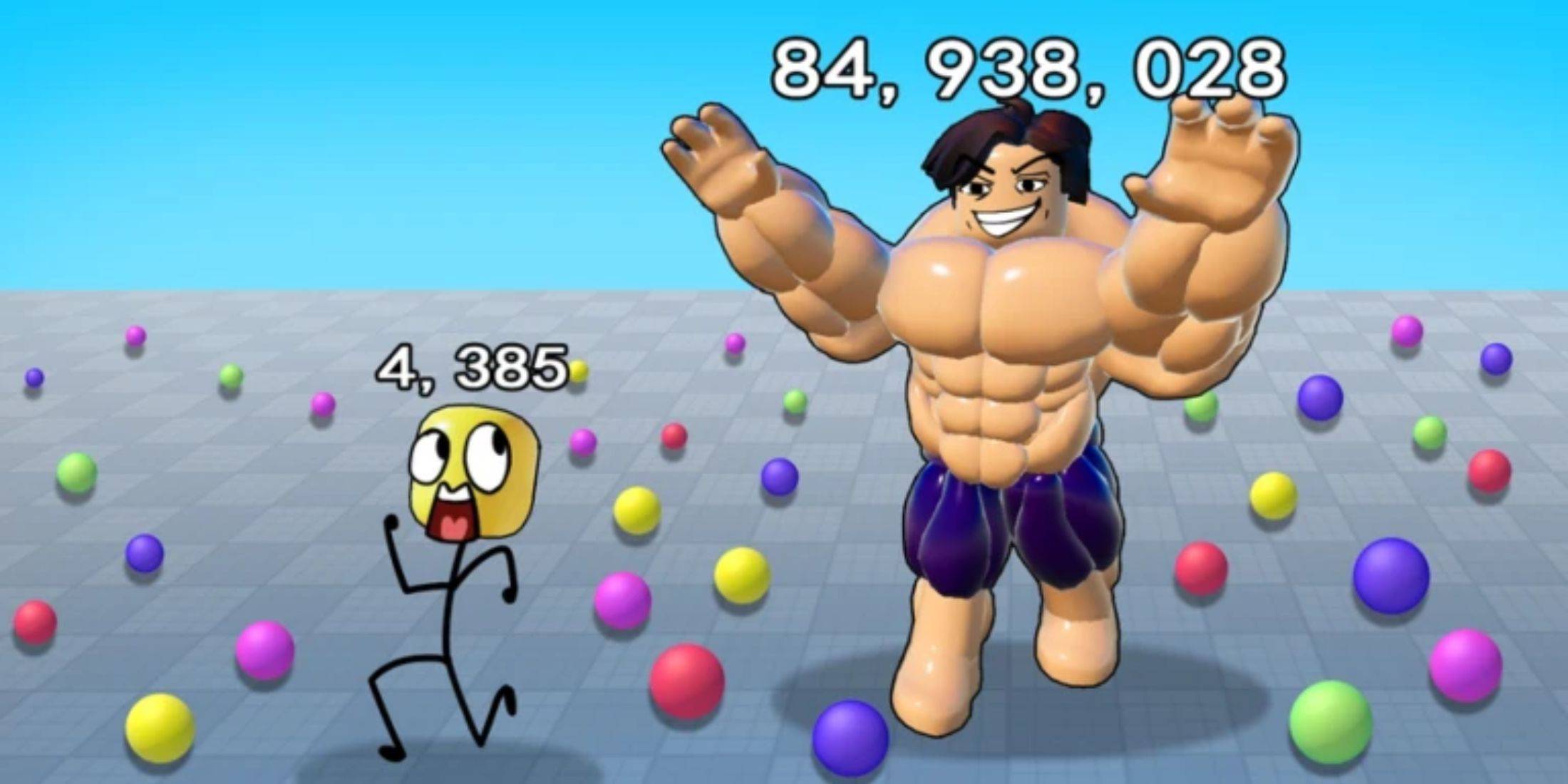
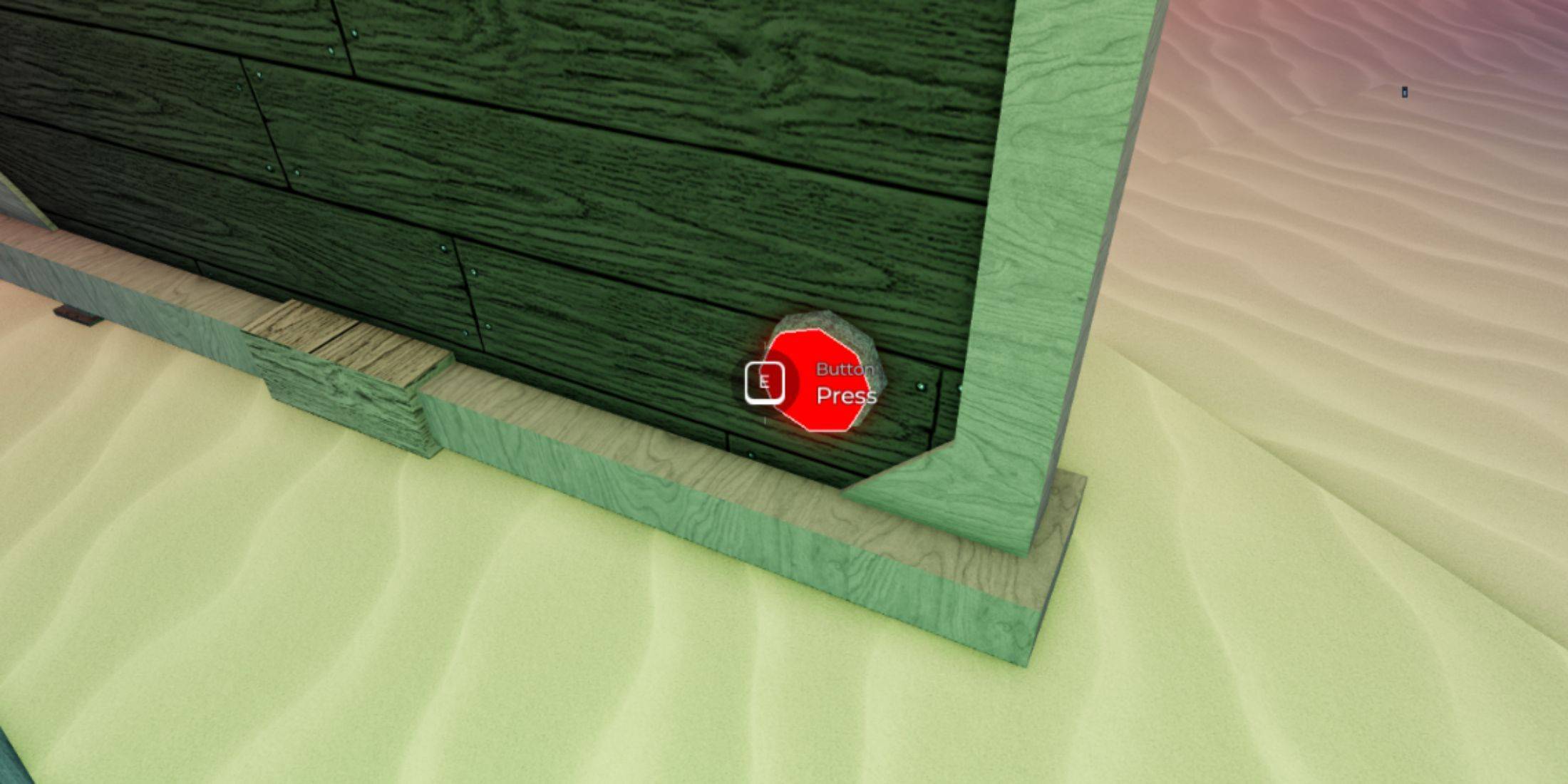
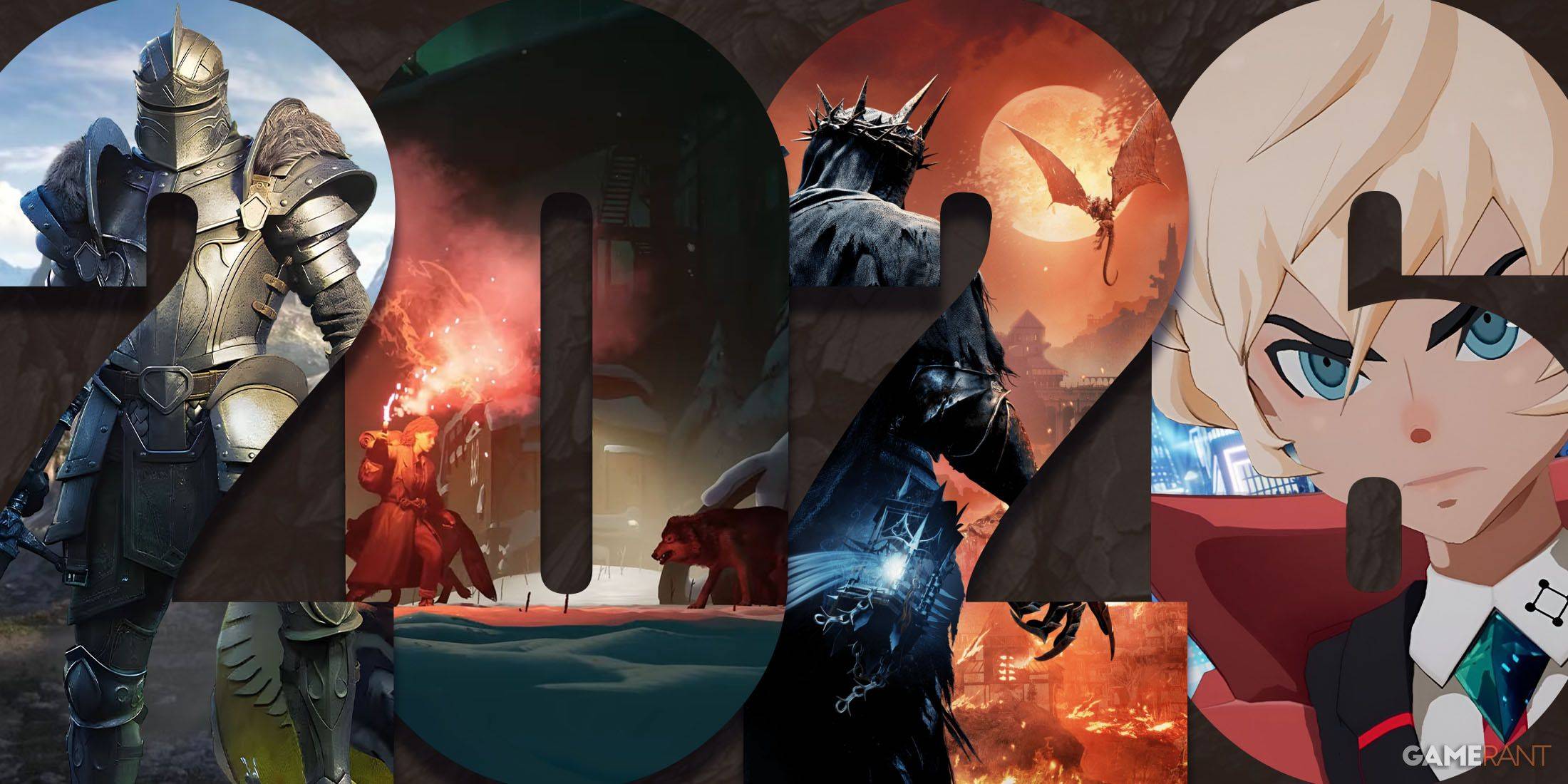
![LeMOMnade: Family Squeeze! – Version 1.1.1 [mtrellex]](https://img.3xbz.com/uploads/38/1719569762667e8d62c486e.jpg)
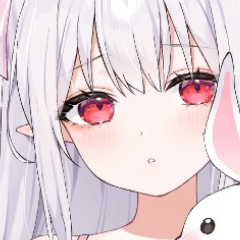
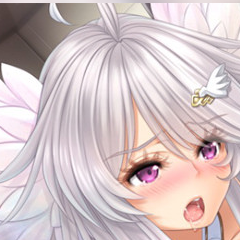
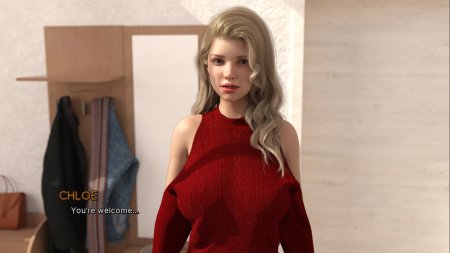
![My Cute Roommate 2 – New Version 1.0 Extra [Astaros3D]](https://img.3xbz.com/uploads/38/1719606486667f1cd652f1a.jpg)









